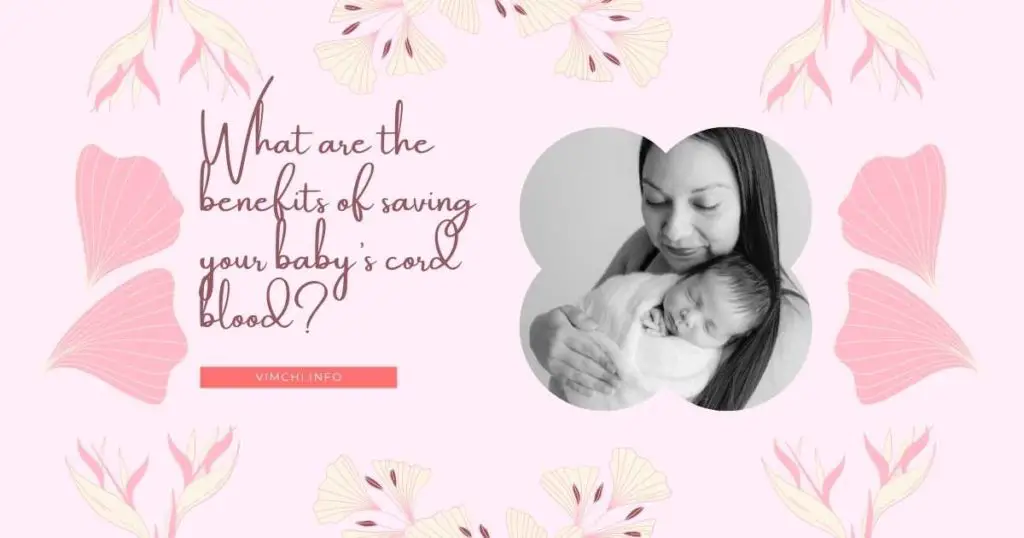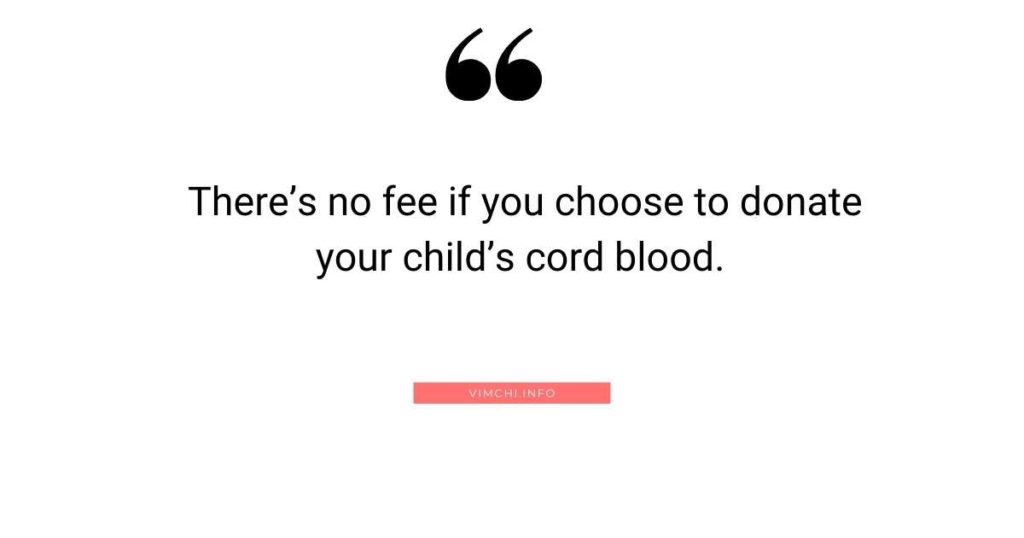
Are you thinking of saving your child’s cord blood? If you are, you might think about the cost of it. Is cord blood banking free? What are the benefits of saving your baby’s cord blood?
Keep reading to know more.
Is Cord Blood Banking Free?
There are two ways you can save your baby’s cord blood — public and private blood banks.
If you choose to save it through a public cord blood bank, there’s no charge for storage. But you can’t use the donated cord blood.
On the other hand, if you choose private cord blood banks, you have to pay for collection and storage. There’s also a yearly fee to save it in a commercial cord blood bank.
The Cord Blood Registry Annual Fee
Should You Save Your Child’s Cord Blood?
Cord blood banking can have its benefits.
However, the American College of Obstetricians (ACOG) doesn’t recommend or advise against it. However, the AMA does warn parents about the use of private cord blood banking in saving their child’s cord blood.
One reason is the cost.
When you choose to privately save the cord blood, you will have to pay for the collection and storage. And the price can be high.
Another reason is that the chance of using your child’s cord blood in the future is extremely low. Keep in mind that an autologous transplant or using an individual’s own cord blood can’t be done if the child has the disorder that the stem cell transplant is used for.
For instance, if the child has leukemia, he/she can’t use his/her cord blood because the genetic mutations may already be present in the cord blood.
Pros and Cons of Umbilical Cord Stem Cells
Biological Insurance
Because of the extremely rare chance that your child can use his/her own cord blood, the American Academy of Pediatrics doesn’t recommend storing cord blood for biological insurance.
Saving the cord blood is too high but the chance of using it in the future is too low can’t justify the entire cost.
On the other hand, if you don’t know your medical background, it might make sense for you to save your child’s cord blood.
It’s also beneficial if you were conceived with a sperm or an egg donor.
To Donate or Save

There’s no cost involved if you choose to donate your child’s cord blood.
However, you can no longer use it in the future. When you donate it, you’re giving up your rights to your child’s stem cells.
After handling the stem cells, the public cord blood bank will own the cord blood.
In that case, if your child or another family member requires a transplant in the future, you can’t access your baby’s cord blood.
Plan Ahead
If you opt to donate it, make sure that you plan. You may need to register for donation between your 28th and 34th of pregnancy. Talk to your doctor about it. He/she can recommend public cord blood where you can donate it.
Is the Donated Cord Blood Safe to Use?
Yes, it is. All public banks require mothers to undergo medical screening and eligibility. Each cord blood is tested to ensure that the stem cells don’t contain infectious diseases and contamination.
Can You Mail In Your Child’s Cord Blood?
There are public cord blood banks that let you mail in your cord blood.
But you need to contact them before you give birth. However, you still need to undergo the lab’s eligibility screening process before they can send you a kit. This kit is used to pack and mail in your cord blood.
Is It Worth Saving?
It’s worth saving if your baby has a full sibling with a genetic condition that can be treated with a stem cell transplant. The following are medical conditions that stem cell transplant can treat:
- Leukemia
- Immune deficiencies
- Aplastic anemia
- Sickle cell anemia
- Krabbe’s disease
- Thalassemia
- Rare Diseases
However, just because a brother or a sister has a genetic condition that stem cells can treat, there’s only a 25% chance of being a perfect genetic match. In most cases, a sibling with the condition may need bone marrow from an unrelated donor.
The AMA does suggest private cord blood banking if there’s a family medical history of a malignant condition. If one of your family members develops such a condition, he/she might benefit from the stem cells in the cord blood.
Then again, there’s still a slim chance that the saved cord blood is a suitable match for a type of transplant.
Because of the cost and the slim chance, doctors and scientists are encouraging mothers to just donate their babies’ cord blood to a public cord blood bank. In this way, other children and adults can benefit from it.
Cord Blood Transplantation
Cord blood cells can be promising. They can treat some diseases, which can be welcoming to parents-to-be. However, it’s important to remember that it’s extremely rare for families to benefit from this type of transplant.
There’s no accurate number of the likelihood of babies needing their own stored stem cells However, the estimate can range from 1:1000 to 1 in 200,000.
On the other hand, if you have a family history of diseases that can be corrected with this type of treatment, then cord blood banking may be ideal. But only if you can afford it. Keep in mind that there are associated costs with collecting and storing cord blood.
Discuss it with your obstetrician before making a decision.
Summary
Is cord blood banking free? It is free for the public cord blood bank. But there are high costs involved when your store the cord blood in the commercial cord blood bank.
If you need more information to help you decide whether or not to save your child’s cord blood, you may consider these articles:
Speak Now ... Or Forever Hold Your Peace